|
Most
Alfa Romeo enthusiasts are familiar with Henry Ford’s
remark, “Every time I see an Alfa Romeo, I tip my hat.”
His comment was made back in the years when Alfa Romeo was
at the leading edge of motor sport and super sportscar
production, very much in the same sense as Ferrari today.
With Alfa Romeo's brilliant current
range, Ford's opinion of the legendary brand could still be valid to this
day.
Henry
Ford passed away in 1947, so he was unable to witness Alfa
Romeo enter mass-production. As a result, he was also unable
to remark on Alfa Romeo's global assault as a volume car
manufacturer. Each and every one of Alfa Romeo's
foreign production plants deserves a place in history, as
each is equally as fascinating, but the most successful of
these factories was situated in Brazil.
The
Brazilian Alfa story starts back in 1942 when a new factory,
called the ‘Fábrica
Nacional de Motores’ (FNM), was
established by general Edmundo Soares and Brigadier General
Antonio Muniz in Rio de Janeiro. Initially the factory
produced aeronautical engines, ammunition, bicycles,
spindles and refrigerators, but on 14 January 1949 the plant
struck a partnership with the Italian truck manufacturer
Isotta Fraschini to build trucks under license.
On top of
this, FNM had a network of financial interests, whereby Alfa
Romeo was linked through the state-owned IRI company.
In
the post-war years Alfa Romeo’s global business contacts
were exceptionally strong. As far as car production was
concerned, Alfa Romeo’s were being produced in South
Africa, Zimbabwe, Thailand and
Malaya
(now modern-day
Malaysia).
The 1900 Berlina model was also built in
Argentina
with a non-Alfa engine and a non-Alfa grille superimposed on
the intact front sheet metal.
|
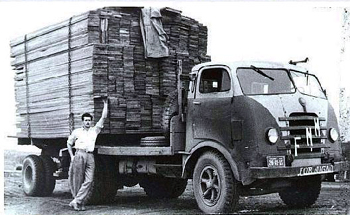
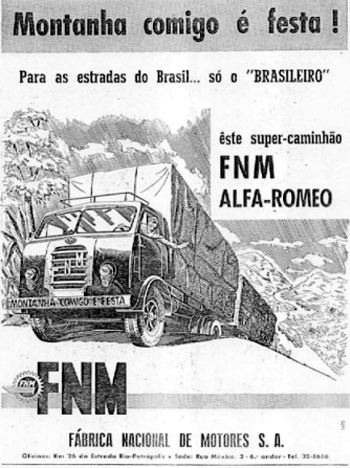
|
Above:
Alfa Romeo's post-war success as a successful truck
manufacturer resulted in them taking over from
Isotta Fraschini at the Brazilian FNM
factory. Trucks produced by FNM were the D-9.500 and
D-11.000, known locally as the Fenemęs. |
|
 |
|
|
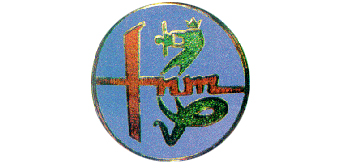
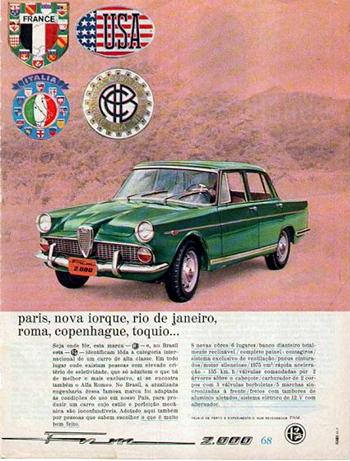
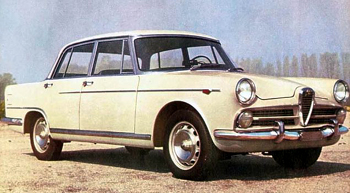 |
Top:
the FNM logo was a take on the original
Alfa Romeo emblem. Middle: a period FNM-2000
modelo JK advertisement.
Bottom:
the JK 2000 was a license-built Alfa Romeo 2000
Berlina. In total, 7.426 examples were produced
between 1961 and 1968. |
|
 |
|
|
By
the 1950s Brazil was a poor, yet exceptionally eager
country. Ambitious projects were taking place, with
perhaps the best example being the futuristic dream
cities, with ‘Brasilia’ being the best-known. The FNM
factory, which had expanded by 1950 to cover an area of
3.300.000 m2, certainly fitted within the
country’s determined scope.
Alfa
Romeo’s connection with FNM advanced in 1950 after
Isotta Fraschini went bankrupt. Alfa Romeo’s truck
building interests made a perfect substitute
for Isotta Fraschini, and at the time Alfa Romeo’s truck
and bus production outnumbered their car production
threefold. Despite this, Alfa Romeo had started to
mass-produce cars which formed another interesting
opportunity for FNM.
FNM’s
first license-built Alfa Romeo car bowed in 1960 in the
form of the FNM-2000 modelo JK, a license-built ‘Duemila’ (2000)
Berlina. There was nothing wrong with the FNM-2000, it was
a nice car with good engineering, but when Alfa Romeo
superseded their 2000 with the 2600 in 1961, FNM
continued to produce the old model.
With
the ‘2000’ obviously referring to the engine capacity,
the JK stood as homage to President Juscelino Kubitscheck.
The FNM badge itself had become a clear adaptation of the
Alfa Romeo logo, where the original cross of Milan was
transformed into the acronym of the FNM company.
Continued
on Page 2 >
Page
1/3 |
|
![]()
![]()